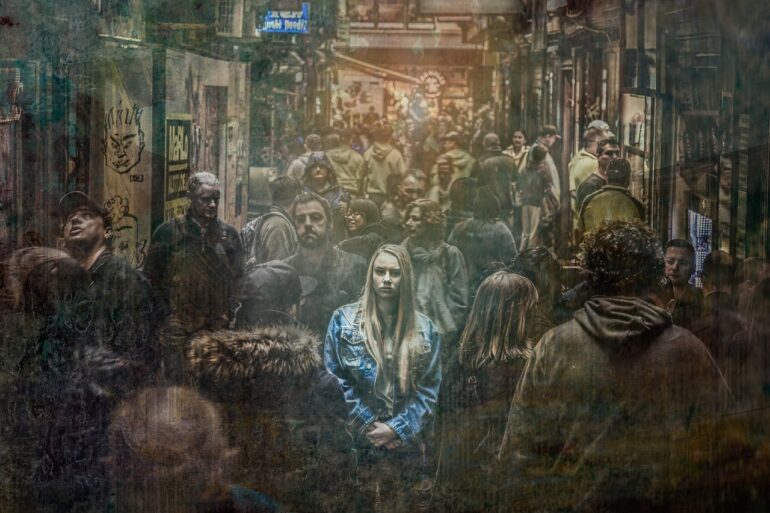The Bystander Effect refers to the phenomenon in which individuals are less likely to offer help in emergency situations when other people are present. This is a well-known social psychology phenomenon that has been studied for decades and has been found to occur in a variety of settings and contexts.
The concept of the Bystander Effect was first introduced by psychologist John Darley and Bibb Latané in the 1960s, following the murder of Kitty Genovese in New York City. Despite multiple witnesses, no one came to her aid or called the police, leading Darley and Latané to investigate why this might have happened. They found that the presence of other people in an emergency situation reduced an individual’s likelihood of offering help, as they relied on others to take action instead.
There are several factors that contribute to the Bystander Effect. One of the main reasons is the diffusion of responsibility, where individuals feel less responsible for offering help when others are present. In these situations, individuals often assume that someone else will take care of the situation, leading them to do nothing. Additionally, the presence of others can also cause confusion and delay, as individuals are unsure of the appropriate action to take or who is in charge.
The Bystander Effect has been demonstrated in a number of studies, including the famous “Good Samaritan Study,” in which participants were asked to walk past a staged emergency on their way to an appointment. The results showed that participants were less likely to offer help when others were present, and more likely to offer help when they were alone.
In real-life situations, the Bystander Effect can have serious consequences. For example, in emergency situations, such as a heart attack or a car accident, every second counts, and delays caused by the Bystander Effect can lead to serious harm or even death. It can also occur in more minor situations, such as someone falling on a crowded street, where no one offers help because they assume someone else will take care of it.
However, there are ways to counteract the Bystander Effect. One way is to take personal responsibility and act, even if others are present. This can mean speaking up, calling for help, or simply offering assistance. Another way is to create a sense of community and encourage others to take action. This can be done by making eye contact, asking for help, or working together to solve a problem.
In conclusion, the Bystander Effect is a well-known phenomenon that occurs when individuals are less likely to offer help in emergency situations when others are present. This can be due to the diffusion of responsibility, confusion and delay, and a number of other factors. However, by taking personal responsibility and creating a sense of community, it is possible to counteract the Bystander Effect and ensure that help is provided when it is needed.
In our daily lives, it is important to be aware of the Bystander Effect and take steps to ensure that we are not influenced by it. By standing up and taking action in emergency situations, we can help to make a positive difference in our communities and the world around us.








